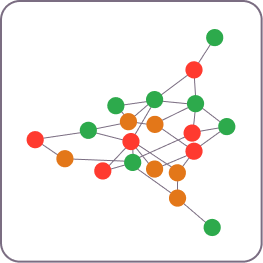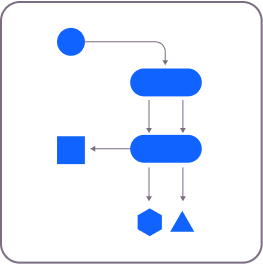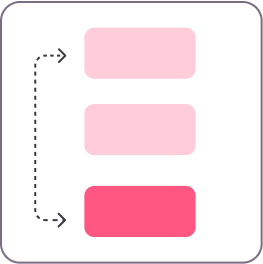1 Severity and threat signals Severity and threat signals |
Strong CVE detection, but fragmented across many vendors / tools. |
Good at scanning for compliance (PCI, CIS). |
CVE detection plus threat intel integration. |
Primarily asset data, limited vulnerability analysis. |
Aggregate 100M signals daily, correlating vulnerabilities, misconfigs, exploit intel, and business context into a unified risk model. |
2 Instance-level control efficacy Instance-level control efficacy |
Checks deployment, not actual effectiveness. |
Focused on reporting, not validation. |
Limited in validating if controls block threats. |
Asset view only, no control testing. |
Validates 20M+ control mappings in real time, testing EDR, MFA, segmentation, and cloud policies to provide defensible assurance. |
3 Risk propagation modeling Risk propagation modeling |
Focused on scanning, no risk propagation modeling. |
Static compliance-style reports, no propagation. |
Limited context for chaining exposures. |
Asset inventory only, no risk propagation modeling. |
Dynamically calculates risk propagation across IT, cloud, OT, and IoT, showing the real impact of exposures in material breach scenarios. |
4 Prioritization and actionability Prioritization and actionability |
Outputs large queues of CVEs. |
Prioritization tied mostly to CVSS scores. |
Some context-aware prioritization in Insight platform. |
No prioritization capability. |
Context-driven prioritization factoring adversary TTPs, exploit likelihood, control efficacy, and business impact — surfacing the 2% of exposures driving most risk. Enterprises cut patch backlogs
by 40%. |
5 Business Business
context |
Technical severity only. |
Strong compliance mapping, but limited financial context. |
Doesn’t tie risk to dollars, primarily technical focus. |
Asset data only, no financial context. |
Maps every asset to owner, sensitivity, and blast radius, then quantifies potential breaches in financial terms. CISOs walk into boardrooms with dollar-based scenarios and ROI models. |
6 Telemetry quality Telemetry quality |
Broad scanner coverage, integrates with VM ecosystem. |
Cloud-based platform with continuous scanning. |
Integration with detection/response tools. |
Strong asset aggregation across multiple systems. |
Unifies telemetry from 150+ tools (VM, EDR, CNAPP, IAM, ITSM, cloud) into a living, continuously updated asset inventory, improving visibility
by 87%. |





